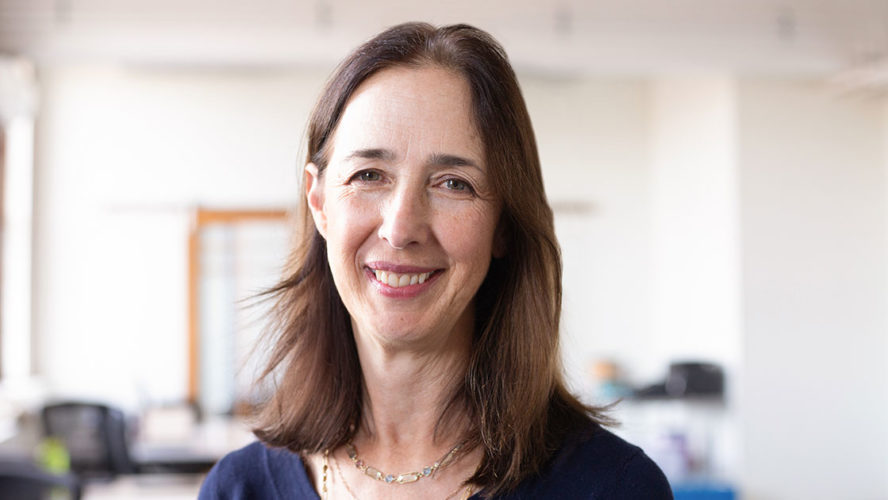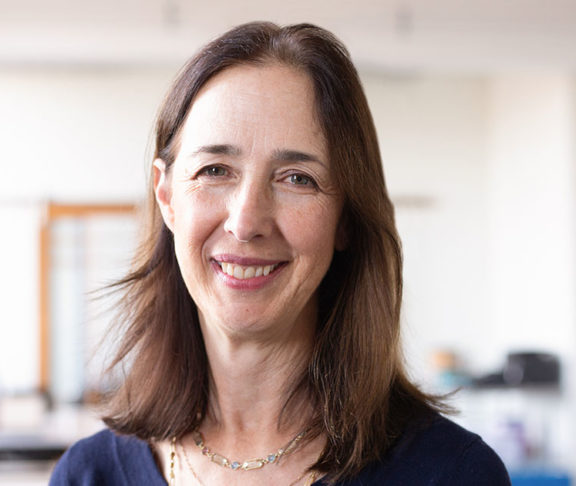“Patients see, on average, more than four physicians before they get a diagnosis,” says Isabelle Lousada. founder and CEO of the Amyloidosis Research Consortium (ARC), who was diagnosed with AL amyloidosis over 20 years ago.
It took Lousada years to receive an official diagnosis, at which point the disease had progressed to involve multiple organs.
Medicine has made great strides in developing and improving effective treatments for amyloidosis in recent years, but because the disease is so rare, and because its symptoms are common across a wide range of diseases, getting that crucial early diagnosis remains a major hurdle. ARC is working to improve the lives and health outcomes of patients like Lousada through awareness, education, research, and other initiatives.
“Amyloidosis are a group of rare diseases characterized by an abnormal protein that ‘misfolds.’ These proteins stick together and deposit in organs, compromising organs and ultimately causing organ failure,” Lousada explained. These clumps of abnormal proteins are referred to as “amyloids.” “Depending on where the ‘factory’ is that produces this amyloid, that then characterizes what type it is.”
What is amyloidosis?
There are three main types of amyloidosis accounting for nearly all cases of the disease. Lousada was diagnosed with AL amyloidosis, which she says can be considered like a rare form of cancer. The second major type is hereditary amyloidosis, which disproportionately affects African Americans. And the third, called wild-type amyloidosis, disproportionately affects the elderly.
Symptoms vary widely from patient to patient, and most, such as fatigue and shortness of breath, could be answered by any number of other diseases, making amyloidosis especially difficult to diagnose in even the best of circumstances.
“Even within the same type, patients could get different symptoms depending where the amyloid was deposited,” Lousada said, noting that there are certain red flags that could help doctors identify amyloidosis before the disease starts affecting the organs. “One of the symptoms is if you have bilateral carpal tunnel — so you have it on both sides, not just one side. There are also patients with heart failure who don’t respond well to beta blockers. That could be a sign that it could be amyloidosis.”
Hallmark symptoms may include blackening or bruising around the eye or an enlarged tongue, but these are not universal. In general, Lousada says, patients and doctors should be looking for a combination of these symptoms that aren’t answered by other causes.
Difficult to diagnose
Just as there is no single, signature amyloidosis symptom, there is no single diagnostic test.
“There is a combination of tests that needs to be done, first of all to identify that it’s amyloid,” Lousada said.
A Congo red stain is one method physicians use to identify an amyloid (though even if that test is negative, it doesn’t necessarily rule out amyloidosis). Then, doctors will have to perform additional tests, which depend on the amyloid’s type and origin. A PYP scan, for instance, can detect amyloidosis in the heart.
“There are other tests that have to be done, like mass spectrometry and genetic testing,” Lousada said, emphasizing the importance of seeing a provider that has the diagnostic skills to accurately identify the disease. “It’s one thing to diagnose amyloid, but it’s really critical that you also diagnose what type it is, because the treatments are very different for the different types.”
Importance of detection
If caught and treated early, most amyloidosis patients will go on to enjoy a normal quality of life and average lifespan. But if left untreated, AL-type amyloidosis can be fatal in as few as six months, according to Lehigh Valley Health Network.
And while Lousada’s type of amyloidosis is quite rare, she says that researchers believe that “wild type” amyloidosis may not be rare at all.
“Wild type is considered an age-related disease, and if you biopsied every super centurion’s heart, you would find amyloid deposits,” Lousada explained. “So, it’s something that happens as part of an aging process. That messaging gets a little skewed. And, and as a result these amyloid conform.
“So, as we’ve looked at and started to study more patients, older patients with heart failure, quite a large percent seemed to have amyloid deposition. And it might actually explain why a lot of heart failure trials didn’t succeed, that quite a large percent of those patients might actually have amyloidosis and not just general heart failure.”
As more research develops, and as physicians get better at identifying and treating amyloidosis earlier, patients will have better and better outcomes. Unfortunately, a lot of the burden currently still falls on patients themselves to get the right diagnosis.
“So many patients are tenacious when they’re given a misdiagnosis and will persist feeling that it wasn’t right. I think patients know their bodies,” Lousada said. “I think it’s both sides being able to really advocate and really be able to holistically explain all the things that are happening to you.”



